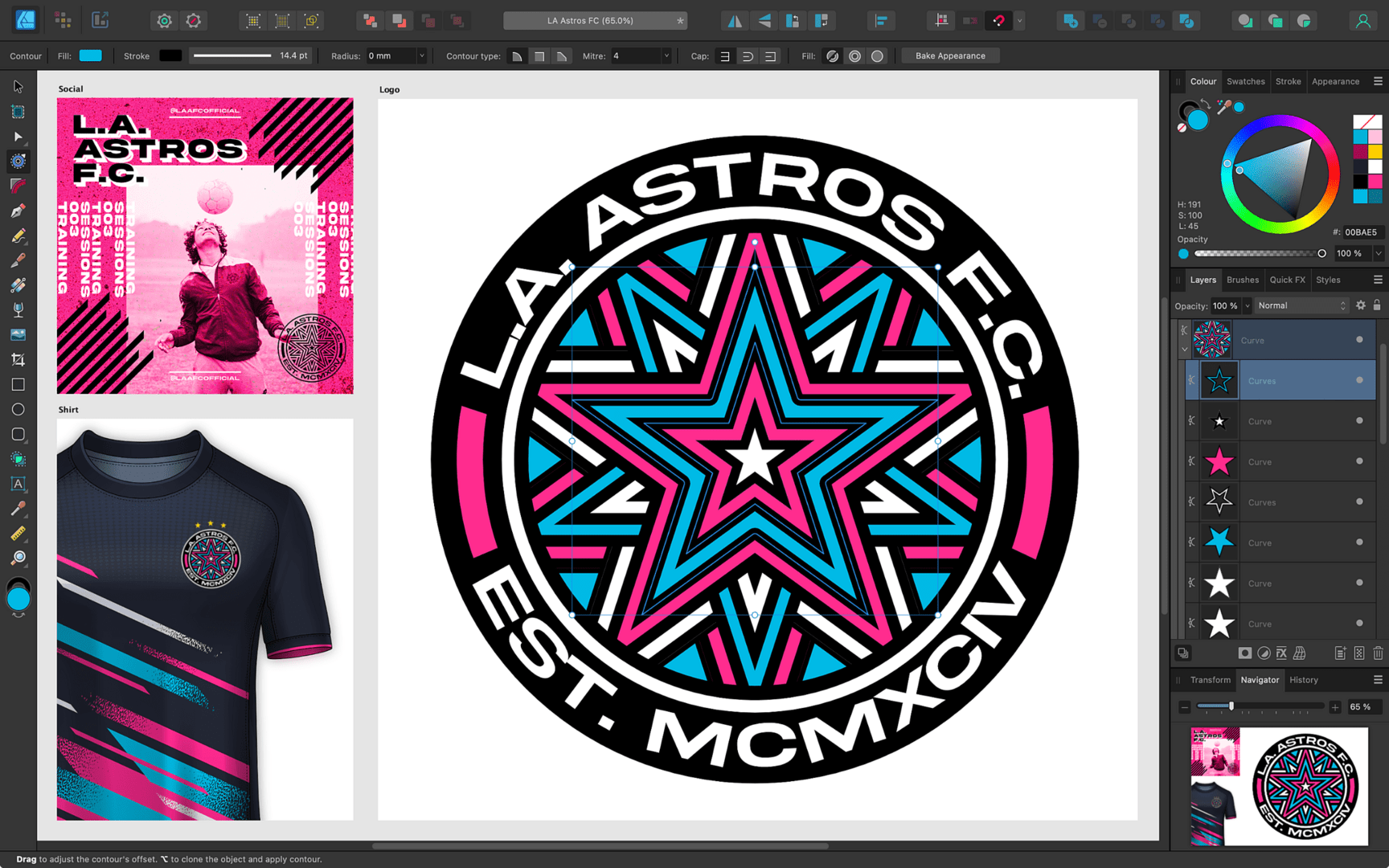
- #Affinity convert image to vector how to
- #Affinity convert image to vector full
- #Affinity convert image to vector plus
- #Affinity convert image to vector free
Then I realized how important image tracing actually. While switching tools between personas is great, only being able to rasterize a vector and not the rever. This is something I often use in Illustrator and would love to see in Affinity, ideally with more control.
#Affinity convert image to vector free
Go to 'File' > 'Place' and select the JPG image you want to. The ability to bring in a raster image and trace into vector would be a good feature. >EPS to DXF Converter - CloudConvert is a free & fast online file conversion service. Here are the steps to do so: Open Affinity Designer and create a new document. Go to: File > Document Setup or use the shortcut Ctrl+Shift+P (Shift+Cmd+P on Mac), and a pop-up window will open. When I tried the Illustrator version of the same brushes in Illustrator, I could get true vector drawings. You can convert a JPG image to a vector in Affinity Designer by using the 'Live Trace' feature.
#Affinity convert image to vector how to
How To Make Transparent Background In Affinity Designer Exporting Current Image In Affinity Designer With Transparent Background Step 1: Navigate to the Document Setup
#Affinity convert image to vector full

To avoid this from happening in the future, I’ve decided to write this tutorial. Sometimes you just want to use a shape for reference, bang - convert to shape, job done, then move on to the rest of your design.There is nothing more frustrating than exporting the image, uploading it to the internet, or placing it in a publication and finding out that it doesn’t have a transparent background. It takes away from being creative having to spend so long individually tracing out random shapes.

While it's a good skill to be able to create your very own stylish looking stencil from an image using the pen tool, when I just want to get a few shapes for cracks/explosion holes/rusted metal outlines, scratches etc etc, I just want to select the shape and convert. Excellent merge of DTP, photo and vector is came to you with full Affinity suite: Affinit Publisher + Affinity Photo + Affinity Designer. In addition to the ability to create an infinite number of layers, it has vector layers that you can use to transform figures and text without losing image. Their Illustrator peer, Affinity Designer, is confirmed on the way to iOS, but sadly. From the Layer menu, select Convert to Image Resource or Convert to Picture Frame as needed. The only reason I want a 'convert selection to vector' is to convert random/organic patterns to a vector shape. Affinity Photo has some vector functionality, but no live trace feature. To convert a pixel layer to an image layer or a picture frame: Select the image within the document view or on the Layers panel.

#Affinity convert image to vector plus
the other advantage is you have total control over your art instead of what amounts to a random guesstimate of the art you want tracing, plus you'd probably spend as much time tweaking the trace as if you done it from scratch. Next select the Pen Tool, we need this to vectorize the image by tracing. This will create a new trace layer above the original image layer. Go to the Layer menu and create a new layer. Open the image you want to trace in Affinity Designer.

Looks like its time to practice your tracing skills because by the time that feature becomes available you probably won't need it because you be a boss at tracing. First scan the image you want to trace, or take a picture of it.


 0 kommentar(er)
0 kommentar(er)
